The Future of Electronic Manufacturing in India: Rapid Charging Technologies 2023

The Future of Electronic Manufacturing in India: Rapid Charging Technologies 2023
Despite India’s efforts, cluster promotion programmes have yet to take off. Additionally, a strong mistrust of China has threatened the supply of essential components.

India, known for its burgeoning technology sector, is witnessing rapid growth in electronic manufacturing. The country has emerged as a global hub for producing various electronic goods, including smartphones, consumer electronics, and automotive components. However, to sustain and accelerate this growth trajectory, it is imperative to address a crucial aspect that has the potential to revolutionize the industry: rapid charging. With the rising demand for electronic devices, efficient and fast-charging solutions are becoming increasingly essential.
With a worldwide market value of over $2 trillion for electronics, China accounts for over half of global production and commerce in this industry. Buyers are striving to diversify and de-risk their supply chains since the cost of living in China is multiplying. This offers India an extraordinary chance to significantly advance towards the 200 million jobs it desperately needs to generate. India is one of many choices of leaders, though.
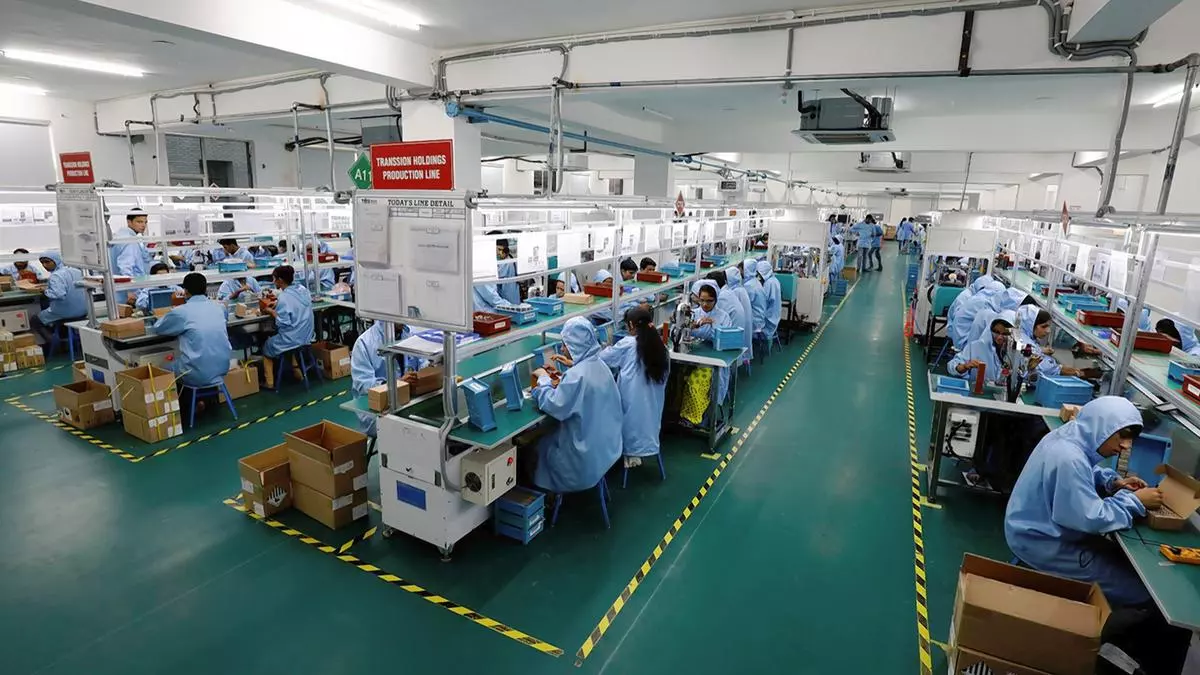
The proliferation of smartphones, laptops, electric vehicles (EVs), and other portable electronic devices has increased the demand for faster charging capabilities. Consumers today expect their devices to charge swiftly, enabling them to stay connected and productive. Rapid charging has become a crucial factor influencing purchase decisions, making it a significant differentiating factor for manufacturers.

Critical Challenges Faced in Electronic Manufacturing:
- Infrastructure Limitations: India’s power infrastructure is grappling with challenges such as power cuts, voltage fluctuations, and limited access to remote areas. These limitations affect the charging experience for electronic devices and hinder their overall utility.
- Battery Technology Advancements: As electronic devices become more powerful and feature-rich, they require larger battery capacities. However, advancements in battery technology have not kept pace with the rising power requirements, resulting in longer charging times.
- Environmental Impact: The conventional charging methods for electronic devices, such as traditional electrical outlets, increase energy consumption and carbon emissions. This highlights the need for sustainable and efficient charging solutions to mitigate the environmental impact of electronic manufacturing.
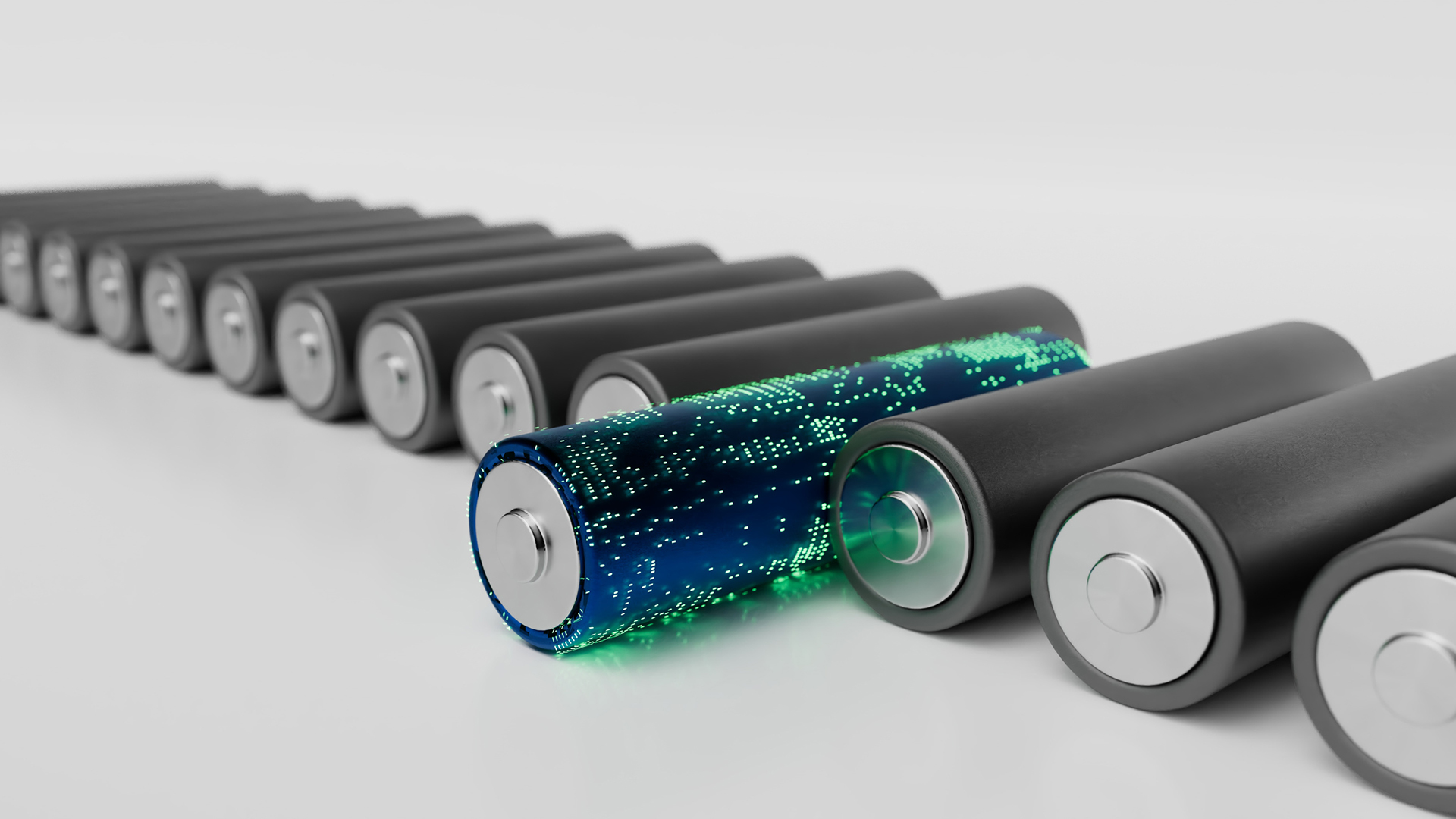
Benefits of Rapid Charging in Electronic Manufacturing:
- Enhanced User Experience: Rapid charging significantly reduces the time required to charge electronic devices. This increases convenience, productivity, and end-user satisfaction, fostering brand loyalty and positive consumer sentiment.
- Boost to Manufacturing Sector: The Indian electronic manufacturing industry can outcompete the global market by using rapid charging technology. Manufacturers can offer cutting-edge products with fast charging capabilities, attracting domestic and international customers.
- Energy Efficiency: Rapid charging solutions can be designed to be more energy-efficient, reducing power consumption and minimizing carbon footprint. This aligns with India’s commitment to environmental sustainability and energy conservation.
- Job Creation and Skill Development: The adoption of rapid charging technology would necessitate the development of a skilled workforce capable of handling advanced manufacturing processes. Creating job opportunities would boost the country’s economy.
- Electric Vehicles and Renewable Energy Integration: Rapid charging is especially critical for India’s widespread adoption of electric vehicles. Efficient charging infrastructure and renewable energy sources can drive the transition to clean transportation and reduce reliance on fossil fuels.
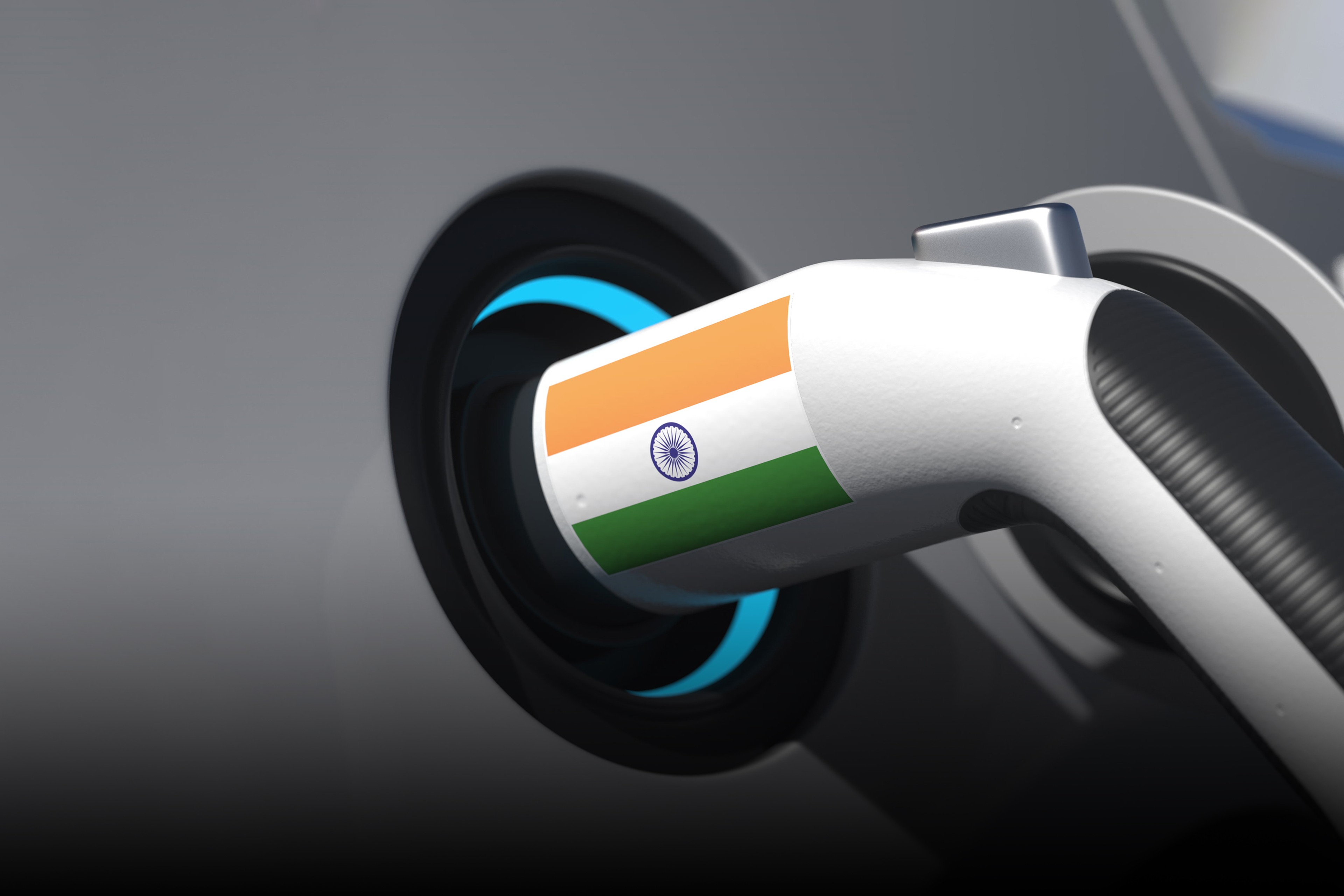
Steps Towards Implementing Rapid Charging Solutions:
- Research and Development: Collaborative efforts between government bodies, academia, and the private sector should focus on advancing battery technology and developing innovative rapid charging solutions tailored to India’s requirements.
- Infrastructure Development: Investment in robust power infrastructure, including grid modernization, renewable energy integration, and charging stations, is necessary to support rapid charging solutions nationwide.
- Incentives and Policies: The government can provide incentives and policy support to encourage the adoption of rapid charging technology. This can include tax benefits, subsidies, and research grants to foster innovation and create a conducive ecosystem for electronic manufacturing.
- Public-Private Partnerships: Collaborations between government entities, electronic manufacturers, and energy providers can accelerate the deployment of rapid charging solutions. Such partnerships can help drive standardization, affordability, and accessibility of charging infrastructure.

With the PLI plan, India has made the first reform, leading to electronics exports exceeding $23 billion in FY23. While encouraging, this represents slightly more than 1% of the world’s electronic commerce—even little nations like Singapore, Vietnam, and Malaysia export over $100 billion yearly in electronics. We may dream more considerable than the $120 billion short-term export objective established by the administration. With 20% of the world’s workforce, capturing a fair part of the electronics industry would need exporting at least $400 billion, equivalent to all of our merchandise exports combined. It can result in creating more than 20 million direct jobs.
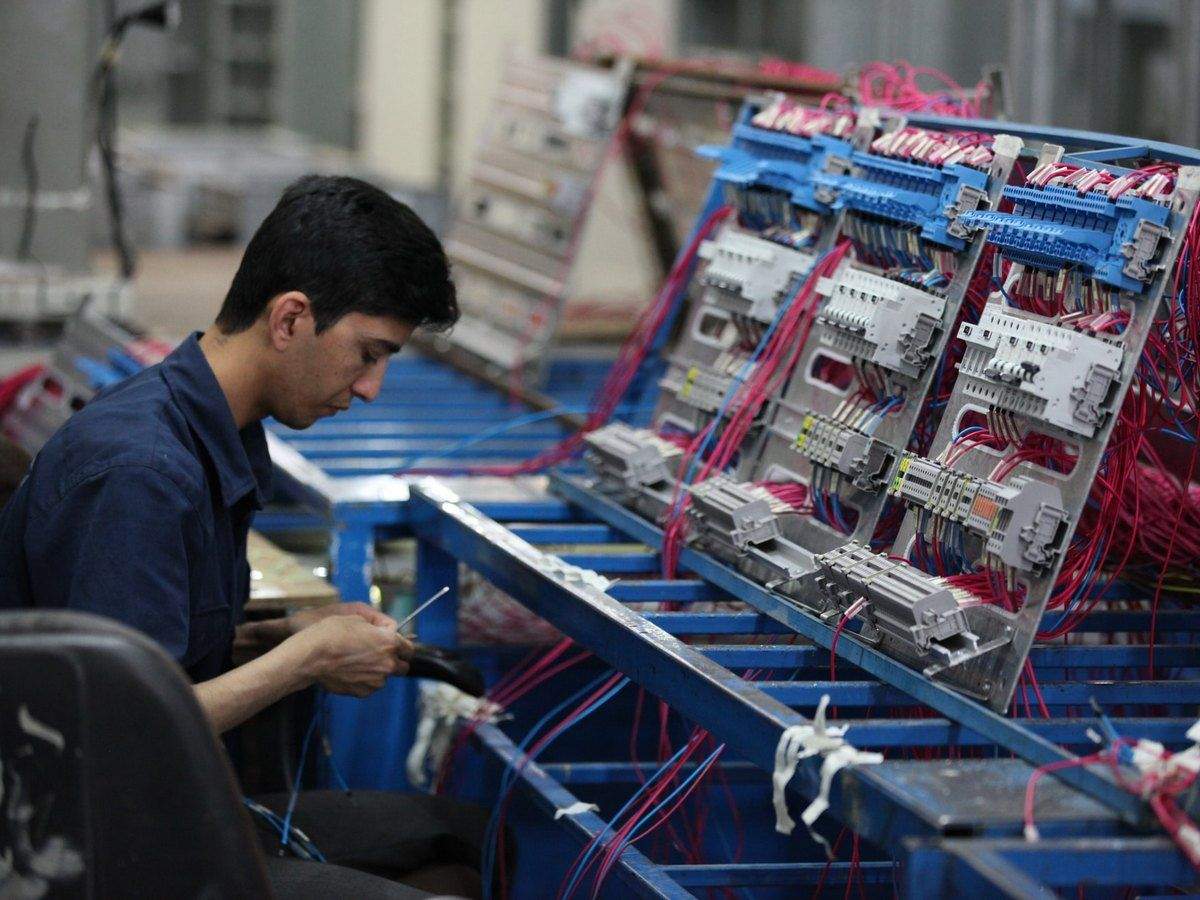
A radical change in how we think about taxation, labour legislation, and worker housing is necessary to achieve this ambitious goal. India has to drastically alter its thinking in five critical areas to take advantage of this potential.
Electronics production thrives in sizable clusters that offer the necessary economies of scale. EMC 1.0 and EMC 2.0, India’s two electronics cluster promotion programmes, were implemented in 2012 and 2020, respectively, with varying degrees of success. We have yet to plan our manufacturing clusters at the necessary scale, which is a significant problem. There are now close to 400 SEZs in India, which help to promote exports.
In contrast, the Shenzen SEZ in China alone has the same size as all the SEZs combined in India and accounts for twice as many exports. India has to intensify its efforts to build massive, international-scale electronics clusters in just a few key regions. The moment has arrived to place a large wager to establish electronics clusters of global scope, with Tamil Nadu, Telangana, and UP (Noida) already emerging as the front runners.
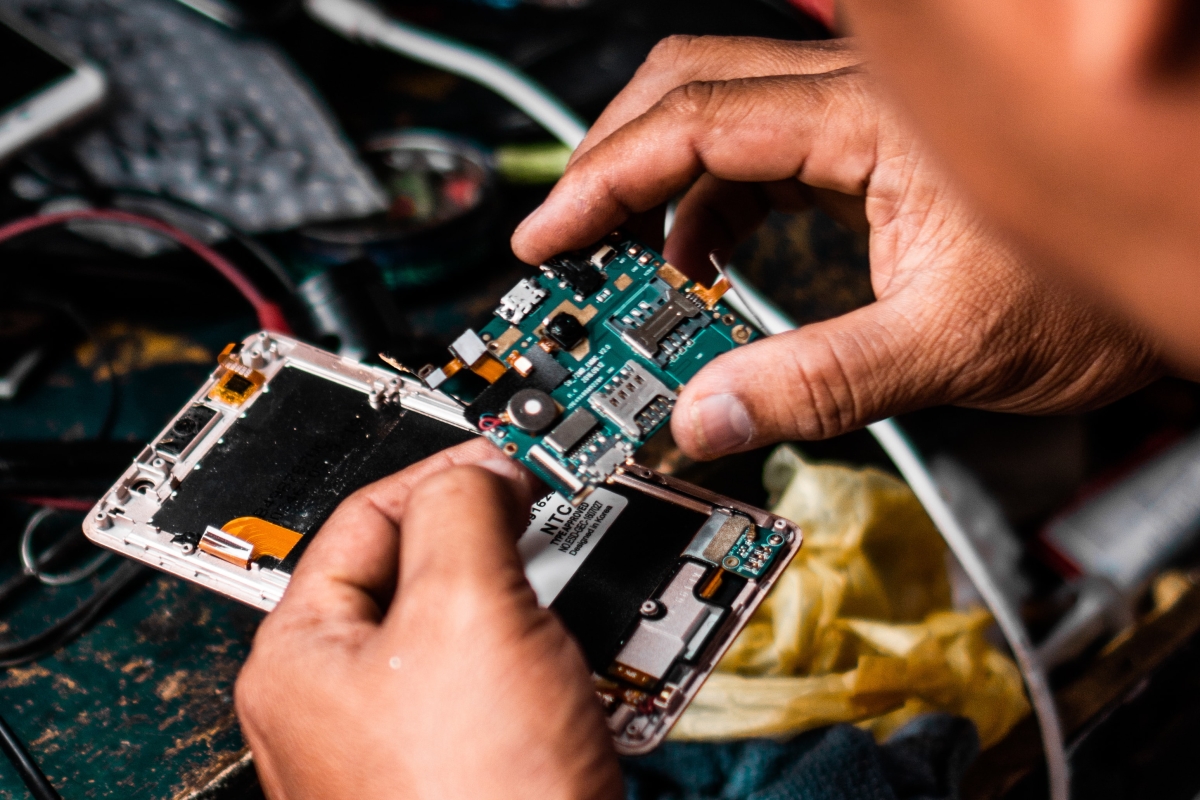
Given that India only accounts for 3% of the global electronics market in terms of value, passing up 97% of the chance to gain this tiny part is a terrible trade-off. Furthermore, India is transitioning from an electronics economy that relies on import substitution to one driven by exports.
Electronic exports rose to the sixth-highest position this year, growing by more than 50% to $23.5 billion. Major obstacles prevent India from becoming a centre for global OEM assembly, including a complex duty system and expensive, fluctuating rates.
India’s window of opportunity in the manufacture of electronics will close soon. Other options, like Bangladesh for clothing, will eventually gain ground. To properly restructure Indian manufacturing, which may aid the nation in making a massive stride towards wealth for everybody, the time to invest fully is now.

India’s emergence as a significant global player in electronic manufacturing necessitates integrating rapid charging solutions to improve the user experience, promote economic growth, and support sustainable development goals. Through investment in research, infrastructure, and policy initiatives, India can take the lead in rapid charging technology and set new industry standards while addressing the needs of its expanding population.




